
Table of Contents
Ever dreamt of transforming your armless office chair into a comfort haven? You're not alone! Many office workers crave the added support and improved posture offered by armrests.
But can you actually add arms to an armless office chair? The answer depends on your specific chair and a bit of DIY know-how.
This blog explores the feasibility, benefits, and considerations for adding arms to your office chair, helping you decide if it's the right solution for a more ergonomic and comfortable workday.
Trends in Office Chair Design
As office spaces continue to evolve, there’s been a growing emphasis on ergonomic design and customizable features. Many professionals now seek chairs that can be tailored to their specific needs, including adjustable armrests. Chairs with armrests are a popular choice for those who sit for extended periods, offering essential support for the arms, shoulders, and wrists. On the other hand, armless office chairs are sometimes preferred for their sleek, minimalist designs and mobility.
As the demand for comfort grows, the ability to add arms to a chair has become a sought-after option, especially for people who initially purchase armless chairs and later realize they need more support.

Can I Add Arms to an Armless Office Chair?
The short answer is: YES, in many cases, you can add arms to an armless chair. However, the process depends on a few factors, including the chair’s design, available hardware, and compatibility with aftermarket armrest kits.
- Compatibility: Before making modifications, you need to check whether your chair is compatible with armrests. Some chairs come pre-drilled with holes for attaching arms, making it easy to add them later. Others may not be designed for this purpose, requiring more effort or even professional assistance to install arms.
- Aftermarket Armrest Kits: If your chair is compatible, you can find aftermarket armrest kits that allow you to install arms on your existing chair. These kits typically include adjustable or fixed armrests along with the necessary hardware for installation.
- Chair Frame: Ensure that the frame of your chair is sturdy enough to handle the addition of armrests. Chairs made from lightweight materials may not have the durability to support extra components without compromising the chair’s stability.
For people who sit for long hours, ergonomic chairs with adjustable armrests are often recommended. You can explore more about the best office chairs for long hours for additional comfort and support.
.webp)
How to Add Arms to Your Office Chair
Disclaimer: DIY solutions might not be suitable for all chairs. If unsure, consult a professional or consider purchasing a chair with built-in armrests.
If you’ve decided that adding arms to your chair is the right move, here’s a simple guide to help you get started:
1. Check Your Chair’s Compatibility
Before you start shopping for armrest kits, the first step is to check if your office chair is compatible with adding arms. Here’s how you can assess your chair:
- Look for Pre-Drilled Holes: Many office chairs, even armless ones, have pre-drilled holes on the underside of the seat or along the chair frame where armrests can be installed. Check the sides of the seat pan or the chair’s base to see if these holes exist.
- Assess the Chair Frame’s Strength: The chair’s frame needs to be sturdy enough to support the added weight and pressure of armrests. Metal frames or high-quality plastic bases are ideal for this purpose. If your chair has a weak or lightweight frame, it may not be able to handle armrests without compromising stability.
- Consult the Manufacturer: If you’re unsure whether your chair can accommodate armrests, it’s a good idea to check with the manufacturer or refer to the chair’s manual. Some chairs may be designed specifically as armless models with no option for armrest installation.
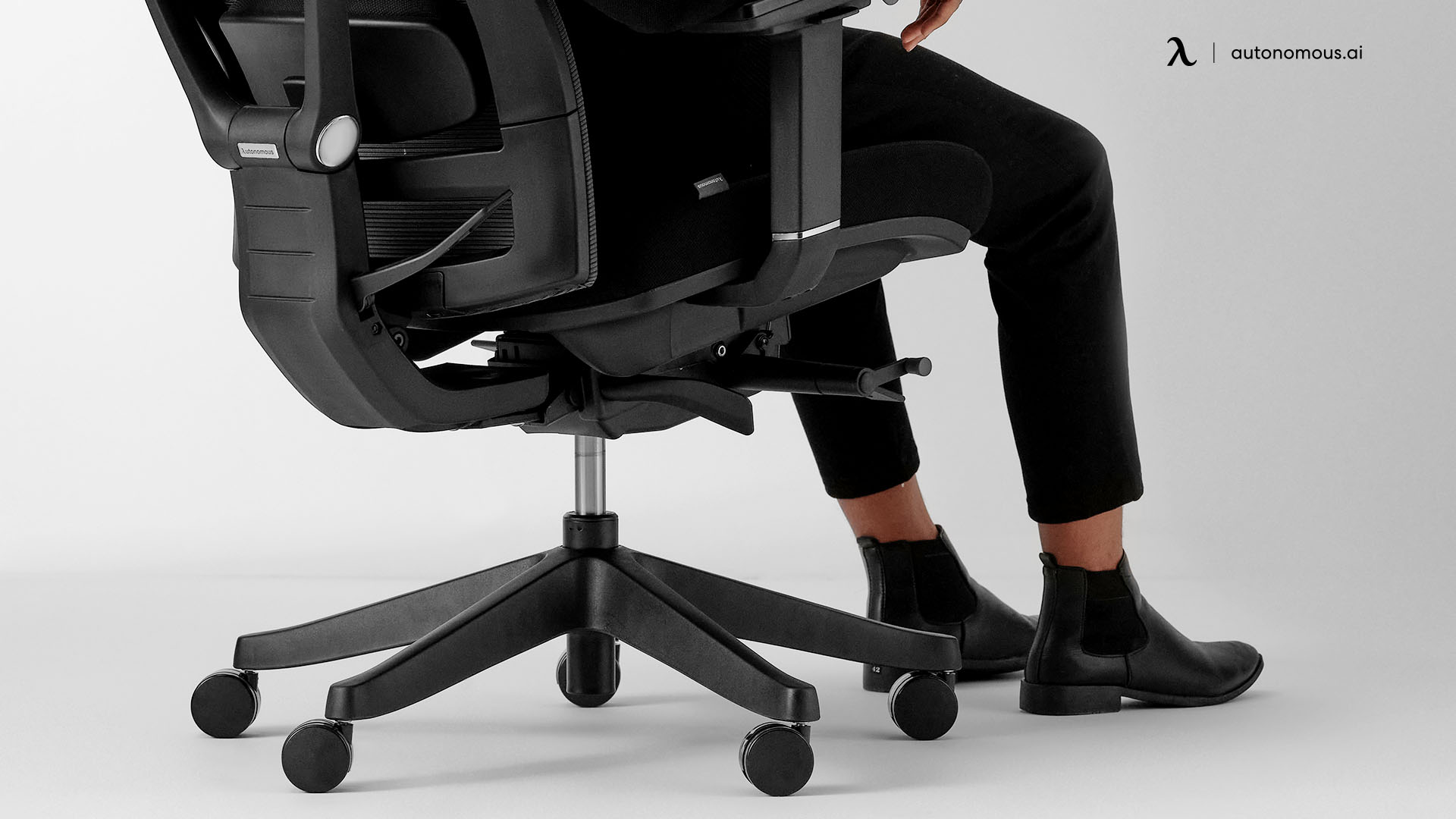
2. Choose the Right Armrest Kit
Once you’ve determined that your office chair can support armrests, it’s time to choose the right kit. Aftermarket armrest kits are widely available and come in different styles, from fixed to adjustable models. Here’s what to consider when choosing an armrest kit:
- Fixed vs. Adjustable Armrests: Fixed armrests are more affordable but may not provide the flexibility you need for ergonomic comfort. Adjustable armrests allow you to change the height, angle, and sometimes even the width to match your body and desk height, providing superior support.
- Material: Look for armrests made of durable materials, such as reinforced plastic or metal, for long-lasting performance. Foam-padded armrests with fabric or leather covers provide added comfort and a stylish finish.
- Compatibility: Make sure the armrest kit you purchase is compatible with your chair model. Some armrest kits are universal, while others are designed for specific types of chairs. Reading product reviews or checking the manufacturer’s specifications can help ensure the armrests will fit.
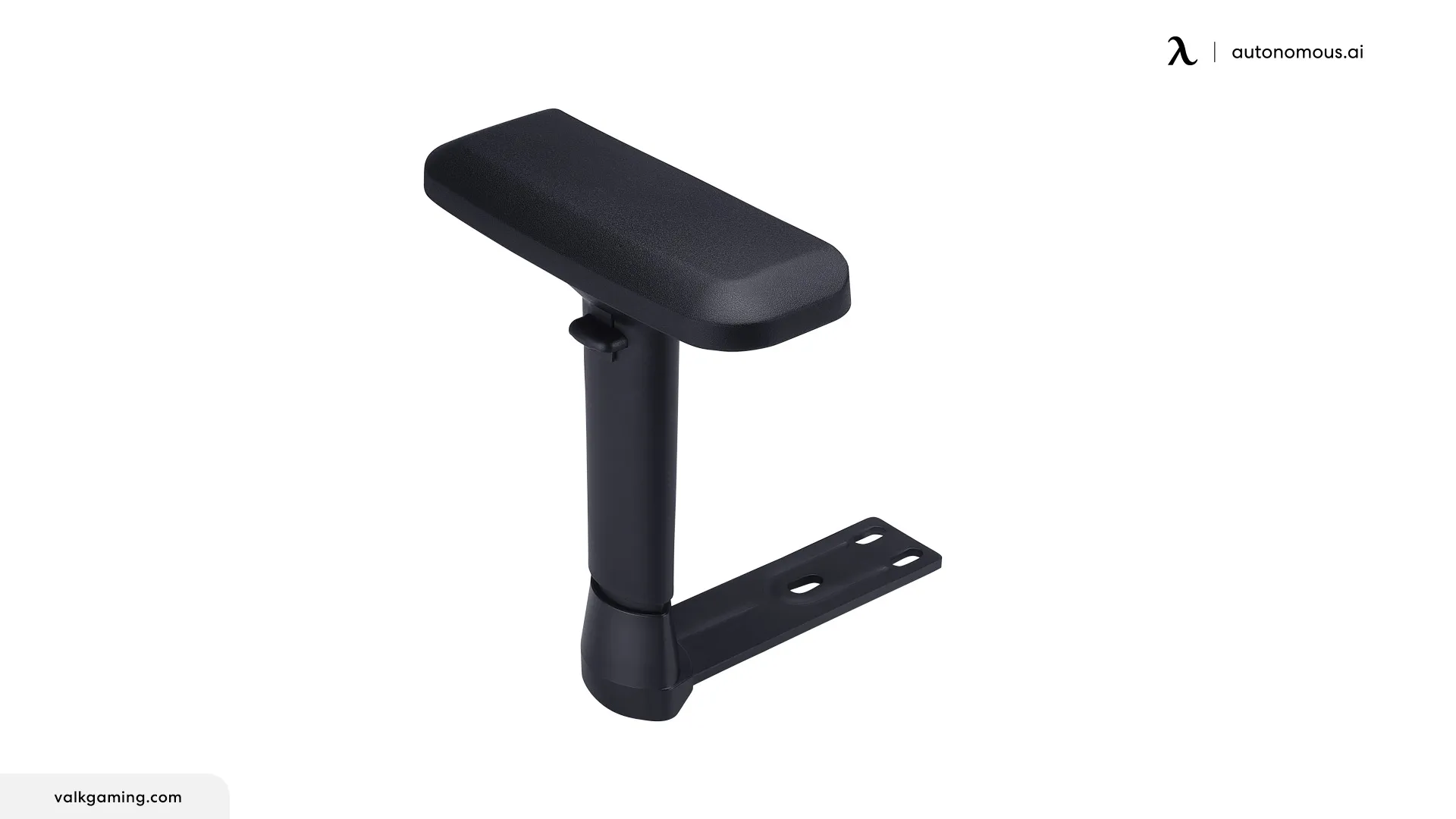
3. Gather the Necessary Tools
Most armrest kits come with all the hardware needed for installation, such as screws and brackets. However, you’ll need basic tools to complete the job. Here’s what you might need:
- Screwdriver (typically Phillips or flathead, depending on the screws included in the kit)
- Allen wrench (some kits include this tool for attaching bolts)
- Drill (only if your chair doesn’t have pre-drilled holes)
- Measuring tape (to ensure even placement of armrests)
Make sure you have these tools on hand before starting the installation process.
.webp)
4. Align the Armrests
Now it’s time to position the armrests on your chair. Follow these steps to ensure a proper fit:
- Position the Armrests: Align the armrests with the pre-drilled holes on either side of the chair. If your chair doesn’t have pre-drilled holes, use the armrest brackets as a guide to mark the spots where the screws will go.
- Mark the Drill Points (if necessary): If you need to drill new holes, mark the spots where the screws will go using a pencil or marker. Measure carefully to ensure both armrests are evenly positioned.
- Secure the Brackets: If your armrest kit comes with brackets, attach them to the underside of the seat or the chair’s frame. Make sure the brackets are secure before attaching the actual armrests.
5. Install the Armrests
Once the brackets or mounting points are ready, it’s time to install the armrests:
- Attach the Armrests: Line up the armrests with the pre-drilled holes or the mounted brackets. Insert the screws provided in the kit and tighten them using the appropriate screwdriver or Allen wrench. Be sure to tighten the screws evenly to prevent wobbling or uneven pressure on one side.
- Check for Stability: Once the armrests are attached, check to make sure they are stable and secure. Wiggle them gently to ensure there’s no looseness. If necessary, re-tighten any screws or bolts that feel loose.
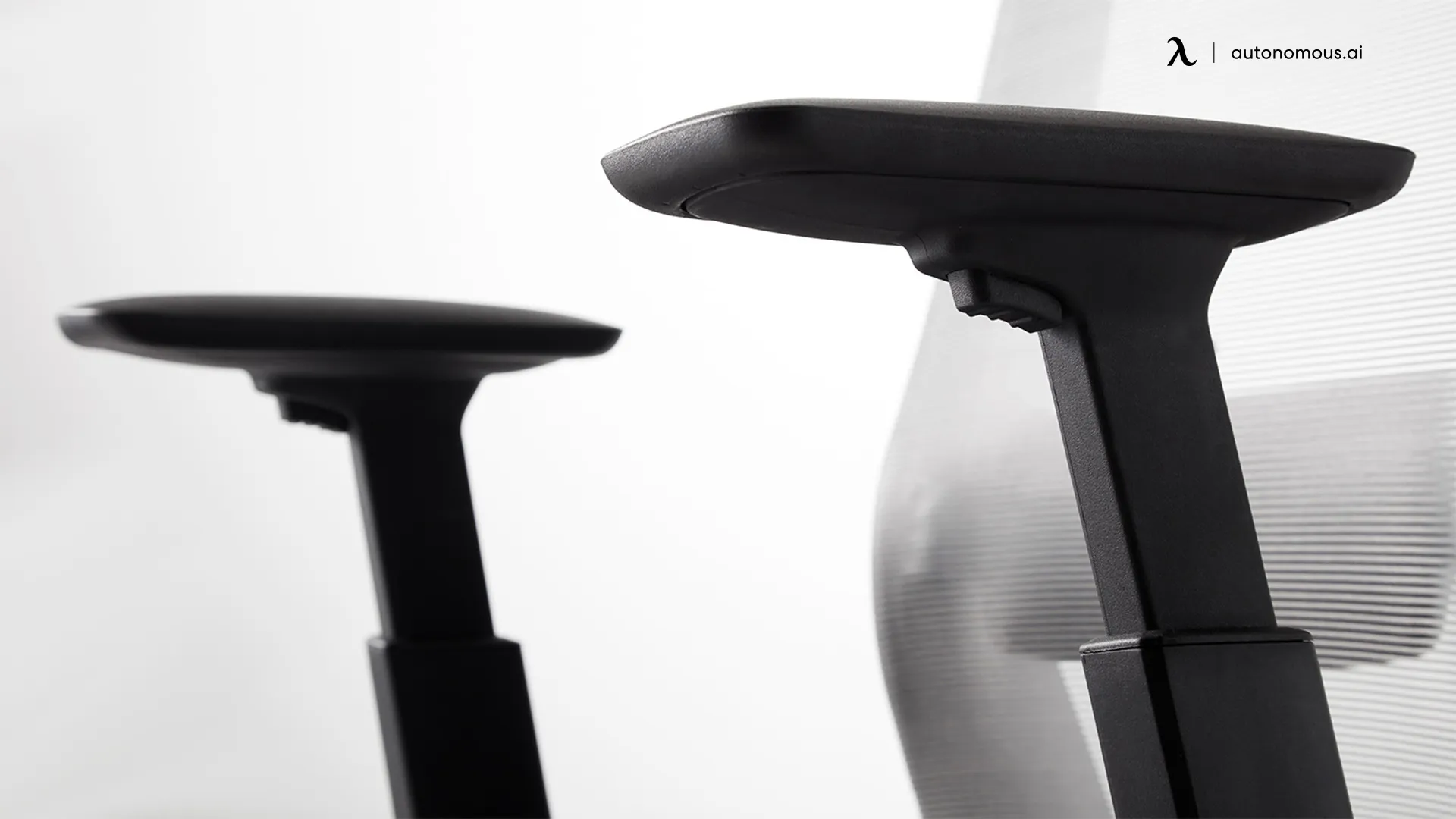
6. Adjust the Armrests for Comfort
If you’ve chosen adjustable armrests, the final step is to fine-tune them for maximum comfort and ergonomic support:
- Height: Adjust the armrests so your elbows are at a 90-degree angle when your arms are resting on them. This position helps reduce strain on your shoulders and wrists.
- Width: Some armrests allow you to adjust the width between the two arms, which is helpful if you have a wider or narrower build. Adjust the width so your arms rest naturally at your sides.
- Angle: If your armrests have adjustable angles, make sure they’re set to a comfortable position that aligns with the way you use your desk and keyboard.
Taking the time to adjust your armrests properly ensures that you’ll reap the full ergonomic benefits and prevent any discomfort during long hours at your desk.
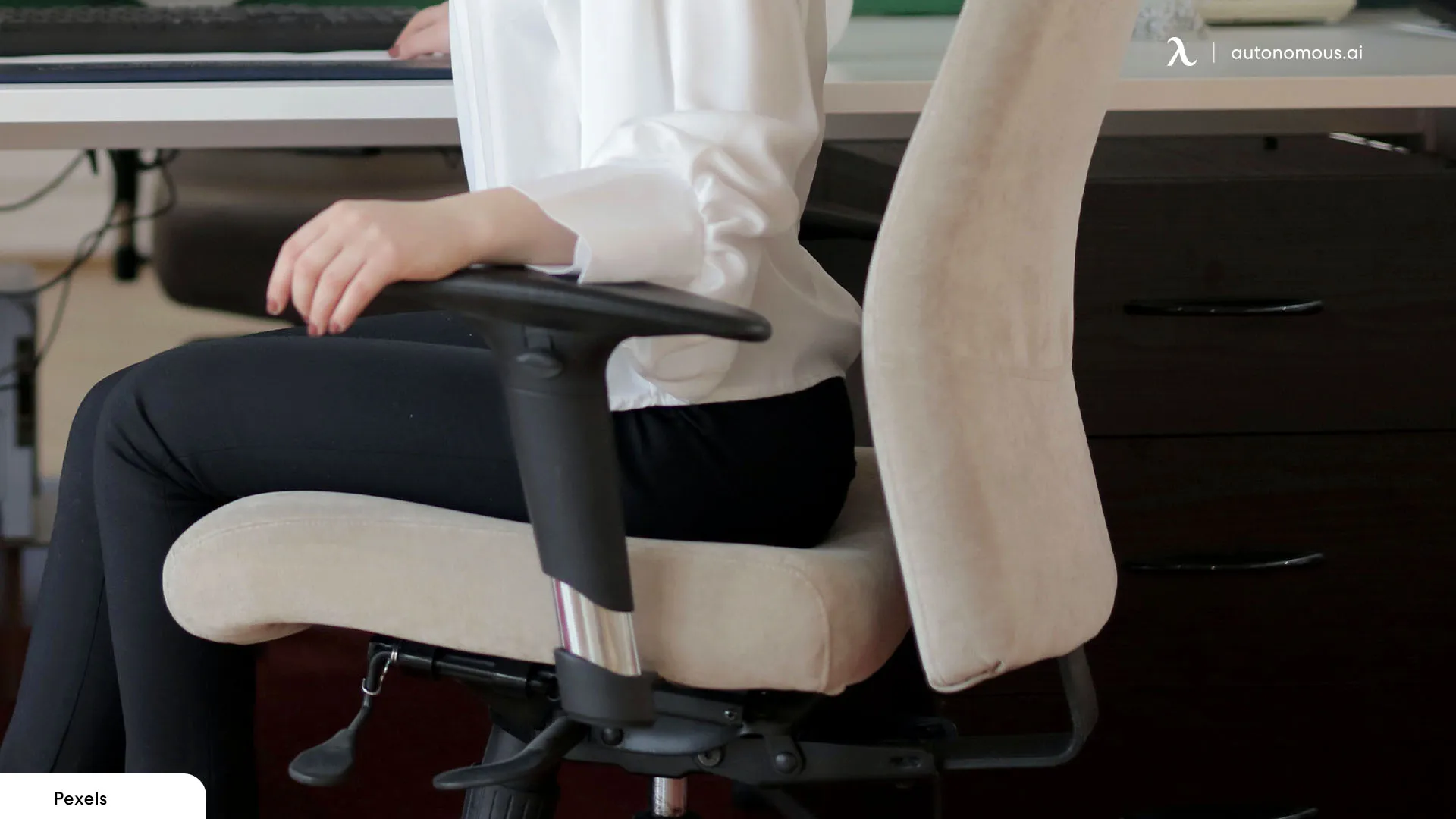
7. Test for Ergonomics and Functionality
Once you’ve installed and adjusted your armrests, it’s essential to test how they feel during actual use. Sit in your chair and check:
- Arm Position: Are your arms supported comfortably? Do the armrests align with the height of your desk or keyboard?
- Posture: Is your posture improved with the armrests? Your shoulders should feel relaxed, and your back should be supported.
- Wrist Health: Make sure the armrests help keep your wrists in a neutral position when typing or using your mouse.
If everything feels right, you’re good to go! If not, make small adjustments until your armrests are perfectly aligned for your comfort and ergonomic needs.
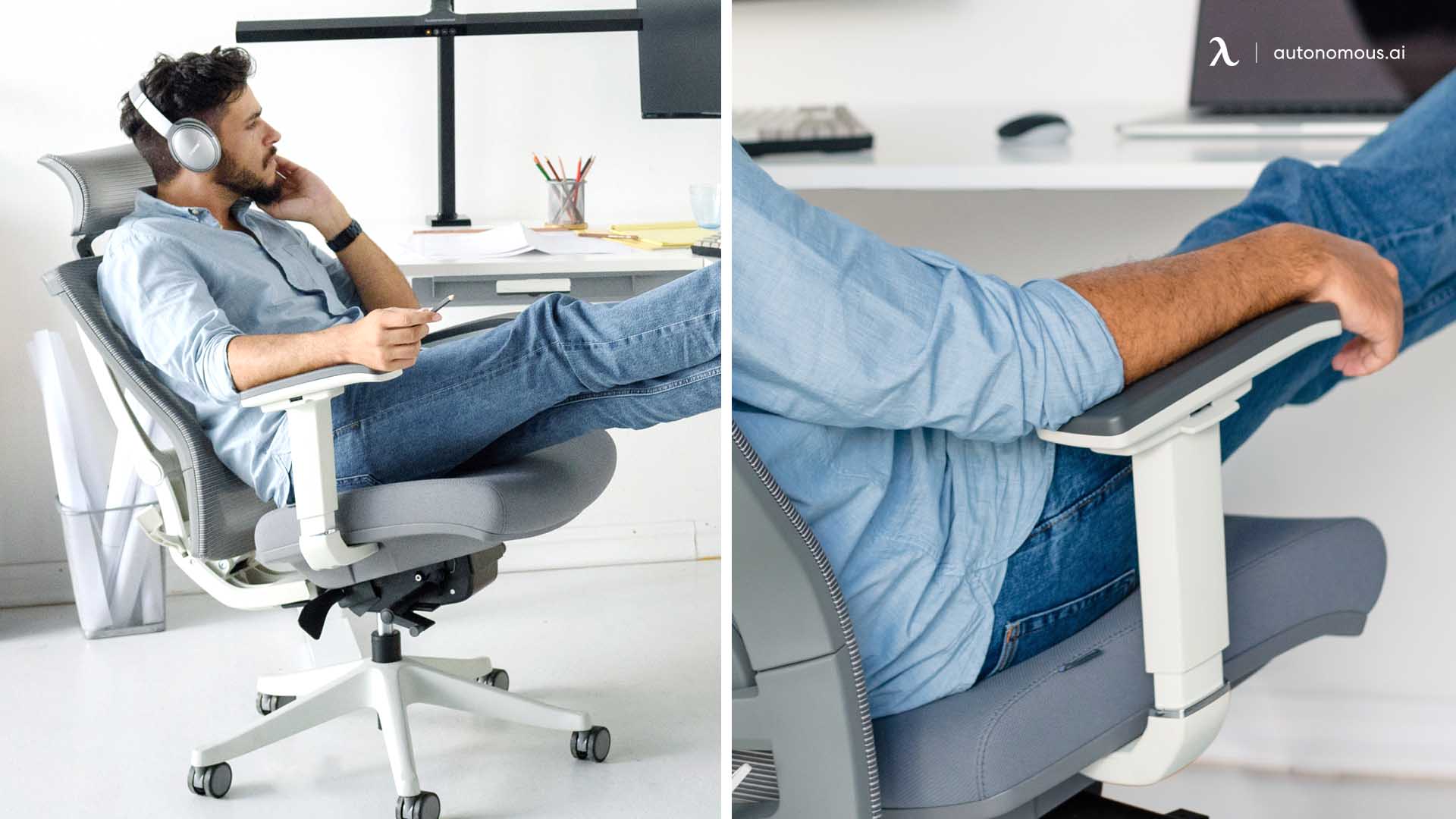
By following these steps, you can successfully add armrests to your office chair and enhance your sitting experience.
Armrest Insights You Need to Know
The Ideal Height and Angle for Armrests
The correct armrest height and angle can make all the difference in your comfort level. Ideally, your armrests should be set so that:
- Your elbows form a 90-degree angle when resting on the armrests.
- Your shoulders are relaxed, not elevated or slouched.
- Your forearms are parallel to the ground.
Armrests should support your arms without forcing your wrists into an awkward position. Adjustability is key to finding the perfect balance.
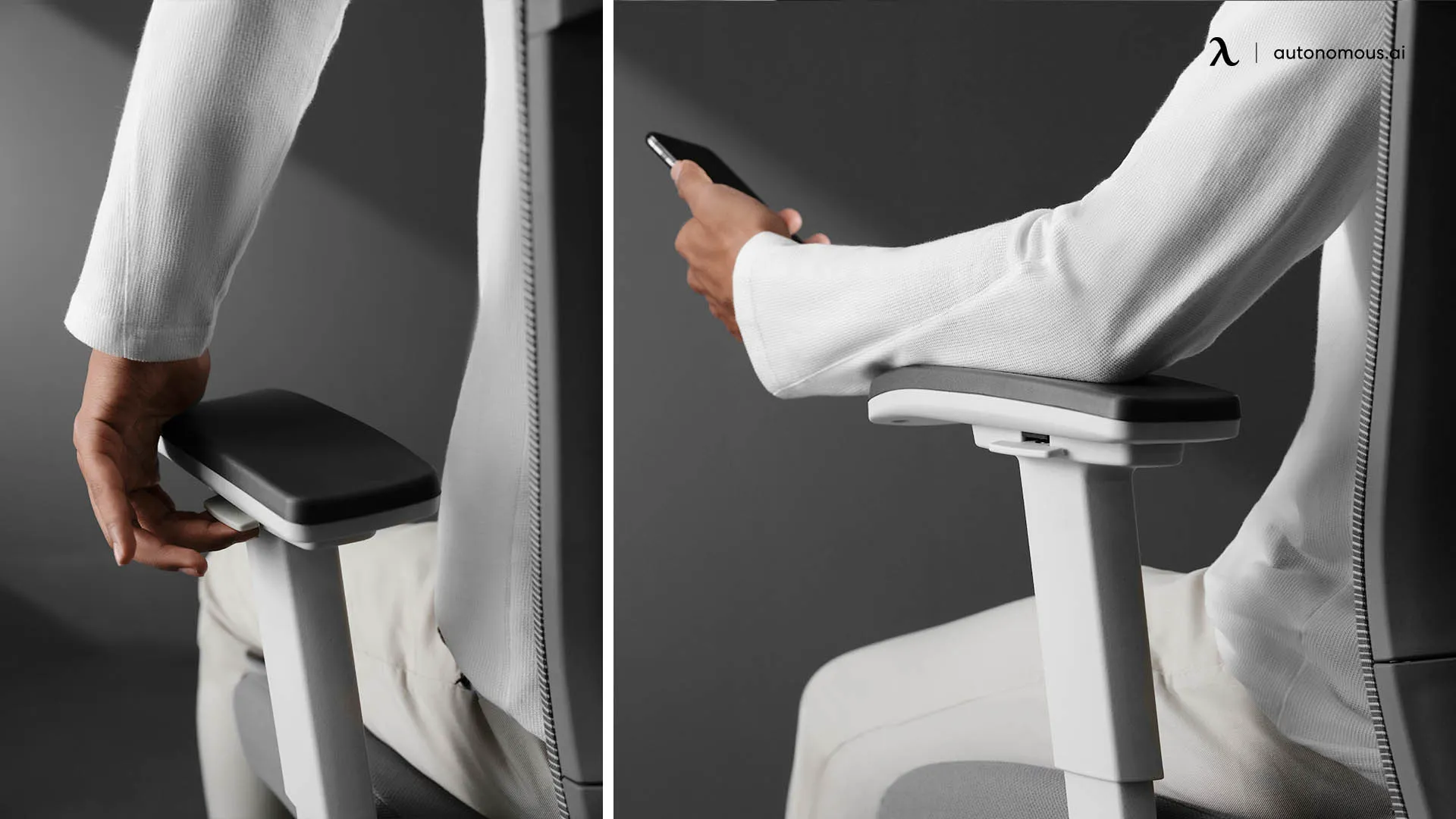
The Importance of Adjustable Armrests
Having adjustable armrests is essential for achieving optimal comfort. Adjustable armrests allow you to customize the height, angle, and width to suit your body and working posture. They can be adjusted to accommodate different activities, such as typing, writing, or reading, making them far more versatile than fixed armrests.
Adjustable armrests are especially helpful for people of different heights or for those who share their chair with others. If you’re on the shorter side, check out these best office chairs for short people, which offer ergonomic support with proper armrest adjustment.
The Impact of Armrests on Shoulder and Wrist Health
Armrests play a significant role in reducing strain on your shoulders and wrists. Without proper arm support, your shoulders bear the brunt of holding your arms up while typing or using a mouse. This can lead to tension, fatigue, and even shoulder pain over time. Additionally, wrist strain can develop if your arms aren’t properly aligned with your keyboard and mouse.
By providing support at the right height and angle, armrests help distribute weight more evenly, reducing the risk of repetitive strain injuries like tendonitis or carpal tunnel syndrome.
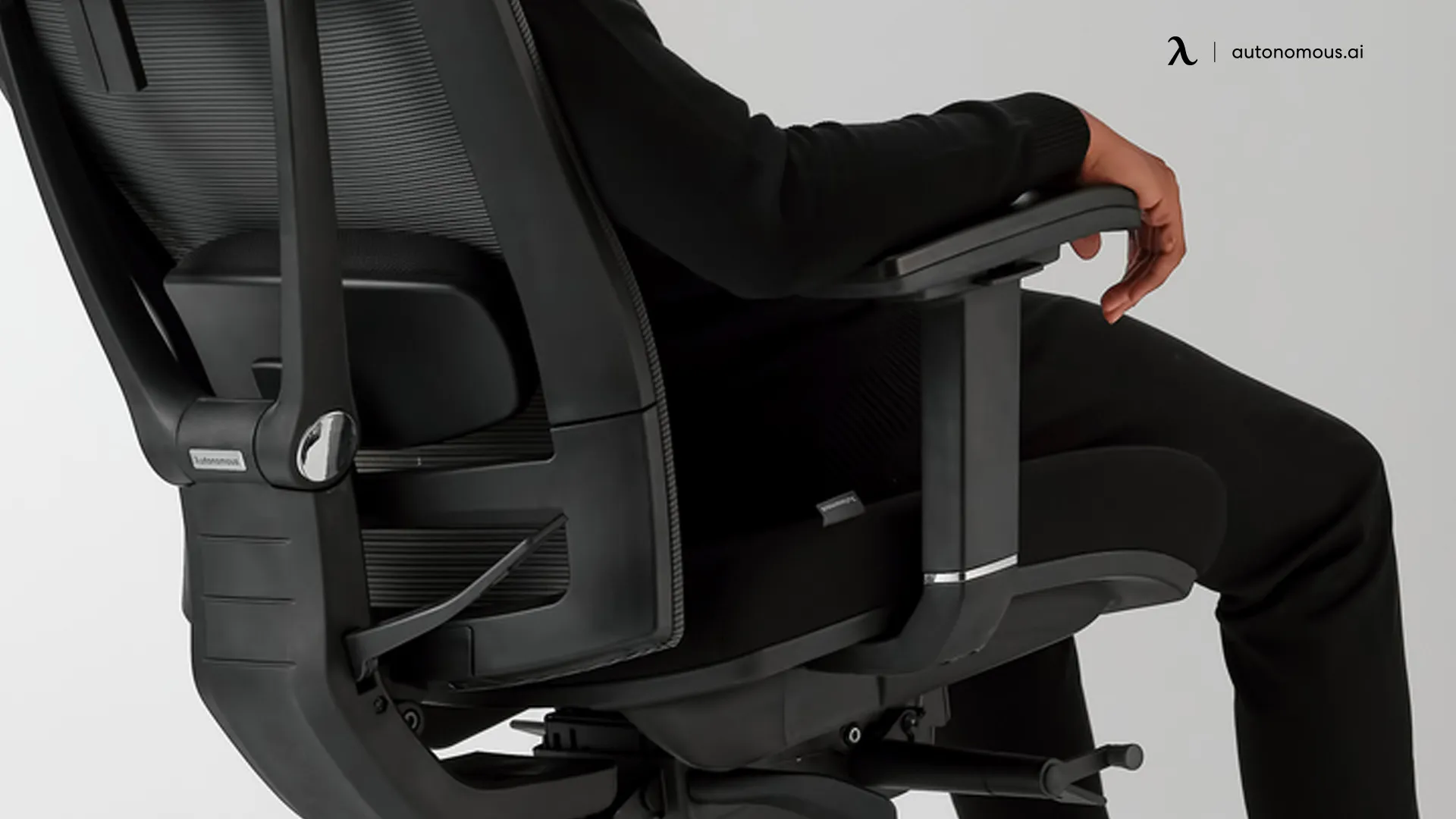
Potential Drawbacks of Armrests
While armrests provide numerous benefits, there are a few potential drawbacks to consider:
- Limited Mobility: For people who prefer more freedom of movement while sitting, armrests can sometimes feel restrictive. This is particularly true if the armrests are fixed in place and not adjustable.
- Desk Compatibility: Depending on the height of your desk, armrests may get in the way, preventing you from sitting close enough to your workspace. Adjustable armrests can help alleviate this issue, but it’s worth considering the overall ergonomics of your setup.
- Space Constraints: In small office setups, armrests can take up extra space, making the chair harder to maneuver around tight spaces. Armless chairs are typically more compact and easier to store.
If you’re concerned about space or mobility, you might want to consider the best budget office chairs on Amazon that offer the option to remove or add armrests as needed.
Conclusion
Adding arms to your office chair can significantly improve your sitting experience by offering enhanced comfort, support, and posture correction. With the ability to add arms to a chair, you can customize your existing seat to suit your ergonomic needs. Whether you’re installing aftermarket armrests or upgrading to a new chair with adjustable features, armrests play a crucial role in promoting better shoulder and wrist health.
For more options, explore the best leather office chairs or ergonomic office chairs that already come equipped with ergonomic armrest features.
By considering factors like compatibility, installation, and adjustability, you’ll be well on your way to achieving a more comfortable and productive work environment.
Stay connected with us!
Subscribe to our weekly updates to stay in the loop about our latest innovations and community news!
Interested in a Link Placement?
Spread the word
.svg)
.svg)



/https://storage.googleapis.com/s3-autonomous-upgrade-3/production/ecm/230914/bulk-order-sep-2023-720x1200-CTA-min.jpg)

/https://storage.googleapis.com/s3-autonomous-upgrade-3/production/ecm/230824/EthanJohnson-ffebe8b4-4650-46f9-a3b3-ed980acaad86.jpg)